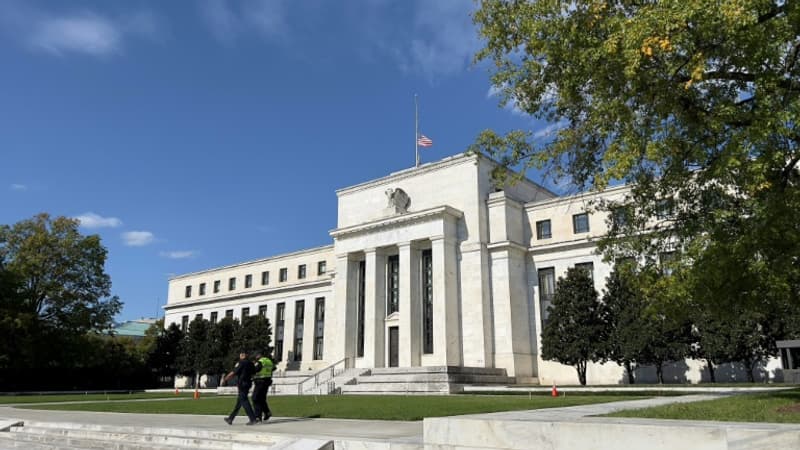While in the United States, the Senate and the House Financial Services Committee have opened hearings on the recent bank failures, those of Silicon Valley Bank (SVB) and Signature Bank, of course, but the Credit Switzerland bailout as well. is in sight line of fire: debates arise, even more than about the adequacy of regulations to avoid such bankruptcies, about the exact role of regulatory authorities.
Obviously, when such events occur, we tend to demand new rules and reinforced guarantees so that they do not happen again. In this case, the regulatory relaxations from which certain medium-sized banks in the United States could benefit stand out. But one also wonders about the oversight that the Federal Reserve Bank actually exercised in this case.
In this regard, Michael Barr, vice president of the Fed, in charge of banking supervision, has already reported the following elements. He acknowledges that the problems that precipitated the failure of Silicon Valley Bank had arisen long before. He points to inadequate risk management and internal controls within an establishment overwhelmed by its own rapid growth (its asset size tripled between 2019 and 2022).
many red flags
The Fed was well aware of this. By the end of 2021, six prudential findings had reminded the SVB of its obligations in terms of managing its liquidity risk. In May 2022, the Fed reported on ineffective board oversight and weaknesses in conducting internal audit. A new alert was issued in the summer of 2022 by the Fed which, in October, met with the management of the SVB to express its concern about the profile of its interest rate risk. This led to a prudential ruling in November. Seeming the measures taken by the SVB insufficient, the Fed finally seized the board of directors of the SVB in mid-February 2023. All this will be detailed in a report to be published on May 1st.
In short, the Fed knew everything and predicted exactly what happened. “But then why did he let it happen?” we are inevitably led to ask. Congress will not be able to evade this question and will have to determine if the regulatory authorities should intervene more directly in the face of banking establishments that seem to present an alarming risk profile. To which Michael Barr responds as before: “It’s not the job of supervisors to solve the problems they identify, it’s the job of management and the board of directors.” In other words, it is not the mission of the banking authorities to prevent banks from failing.
This profession of faith is very interesting. As said, it seems quite unacceptable. How can regulators allow bankruptcies to occur that can have a disastrous impact on the global economy? However, if the supervisor replaces the management of the establishments, can real supervision still be contemplated?
Supervisors have become actors
From this point of view, the SVB provides a very good textbook case because, in this case, the very rapid and brutal run on deposits that precipitated its failure appears to have been directly orchestrated by major depositors to force the Fed to intervene. , to guarantee deposits in their entirety, to prevent the “bank run” from spreading to other establishments. Suffice it to say that, since the 2008 crisis, banks and central banks, as lenders of last resort, form a whole. The supervisors have become actors: if they do not intervene upstream, they will have to organize a rescue downstream. And this is how, in a context of rising interest rates, the Fed fears that a weakening of midsize banks -even from the point of view of regulatory requirements if they had to be strongly reinforced after bankruptcies- will cause a true “credit conversion”. crunch” on the scale of the American economy. In the United States, in fact, non-systemic banks own almost half of bank assets and play an important role in the distribution of credit, up to 80% in commercial real estate.
All of this, which is reinforced by the strong directional involvement of the Swiss National Bank in the UBS takeover of Credit Suisse, shows that it would be futile to imagine that regulatory authorities could be content with a supervisory and warning role. . But this reality, if taken fully into account, completely changes the meaning and nature of banking regulation. In fact, it is the very role of the banks that is in question. This is what makes it necessary to consider a full guarantee of deposits, including midsize banks, by the Fed, which is currently being discussed on the other side of the Atlantic.
Source: BFM TV


